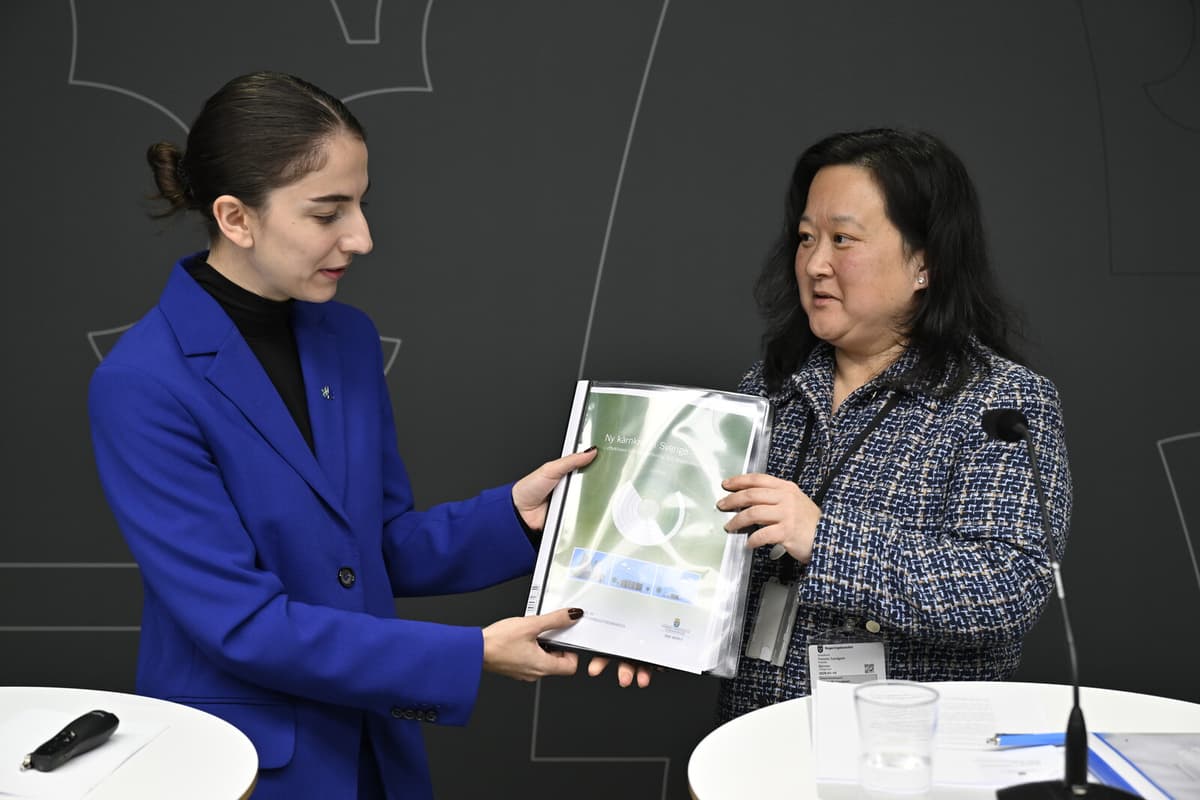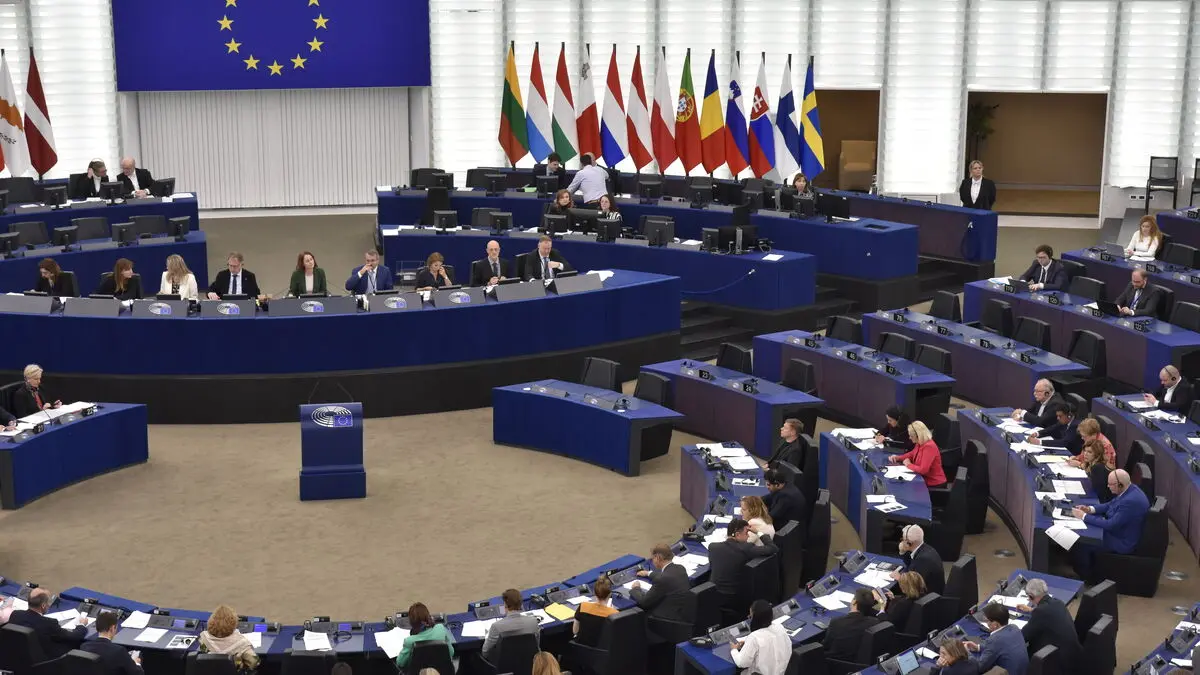Today, you can say that from the application comes in and the facility is built and taken into operation, it takes about 13 years, says investigator Pernilla Sandgren at a press conference where she submits a partial report to the government.
Not immediately
The shorter permit process is not expected to be in place immediately, according to Pernilla Sandgren. But the more trials, the more the system can be trimmed.
The streamlining will not come with the first reactor, she says.
The government's assessment is that Sweden needs equivalent to two new large-scale nuclear reactors by 2035 and an additional eight by 2045. Therefore, they now want to simplify and speed up the process itself.
The government's work is about creating optimal conditions for new nuclear power, says Climate and Environment Minister Romina Pourmokhtari (L).
Unchanged requirements
The lead times can, according to the partial report, be shortened by allowing a facility to start construction as soon as all permits are in place without special approval. This is to be achieved through a new law on principle decisions. According to investigator Pernilla Sandberg, such an opportunity already exists in, for example, Finland.
Furthermore, duplicate work between the Land and Environment Court and the Radiation Safety Authority should be eliminated as far as possible. More parallel permit tracks can be run simultaneously to speed up the process.
But it's not about compromising on safety.
The requirements will remain unchanged high, says Pernilla Sandgren.
The halved fees can be compared to the approximate fee of 1.2 billion kronor to build a full-scale reactor today.





